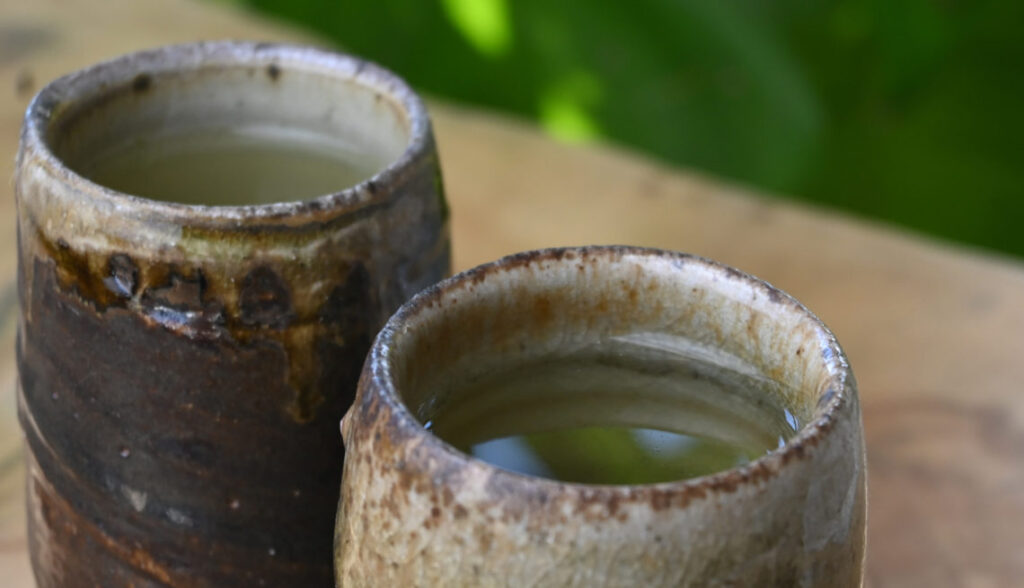
Green tea, originating from the Camellia sinensis plant, is celebrated for its refreshing taste and health benefits.
Unlike black tea, it undergoes minimal oxidation, retaining natural antioxidants and a delicate flavour profile. This gentle processing method accentuates its nuanced taste, ranging from vegetal to floral notes.
Green tea’s high antioxidant content is believed to promote overall well-being, offering anti-inflammatory and anti-carcinogenic properties.
With a moderate caffeine content, green tea provides a gentle energy boost without the jitters of coffee. Before export, expert tea tasters meticulously evaluate its appearance, aroma, and taste to ensure premium quality. Only the finest teas meeting stringent standards are selected, ensuring a superior tea-drinking experience for enthusiasts worldwide.
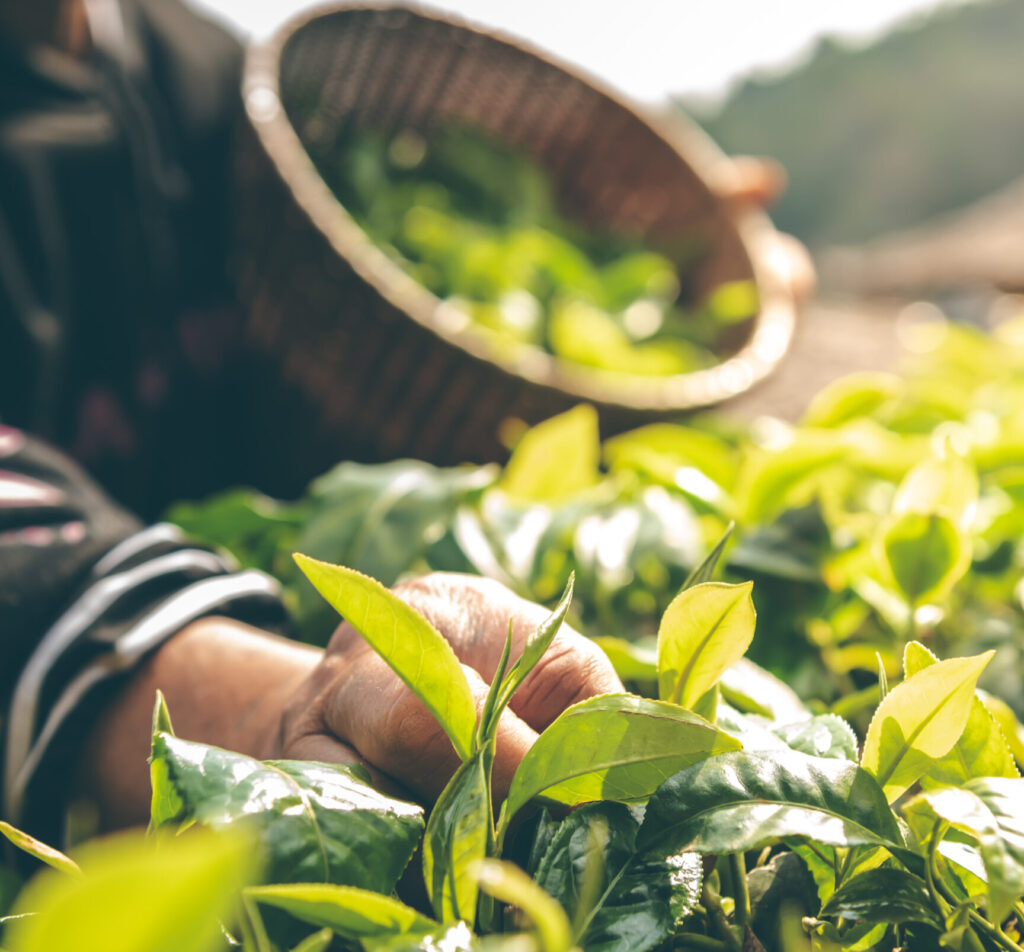
The harvesting of green tea is a labour-intensive process that requires skilled hands and careful timing.
Typically, only the youngest and most tender leaves and buds are plucked from the tea bushes during the spring harvest, when the leaves are at their peak freshness. In some regions, green tea may also be harvested during the summer and autumn months to produce teas with different flavour profiles.
The timing of the harvest, along with factors such as weather conditions and elevation, can significantly influence the quality and taste of the tea.
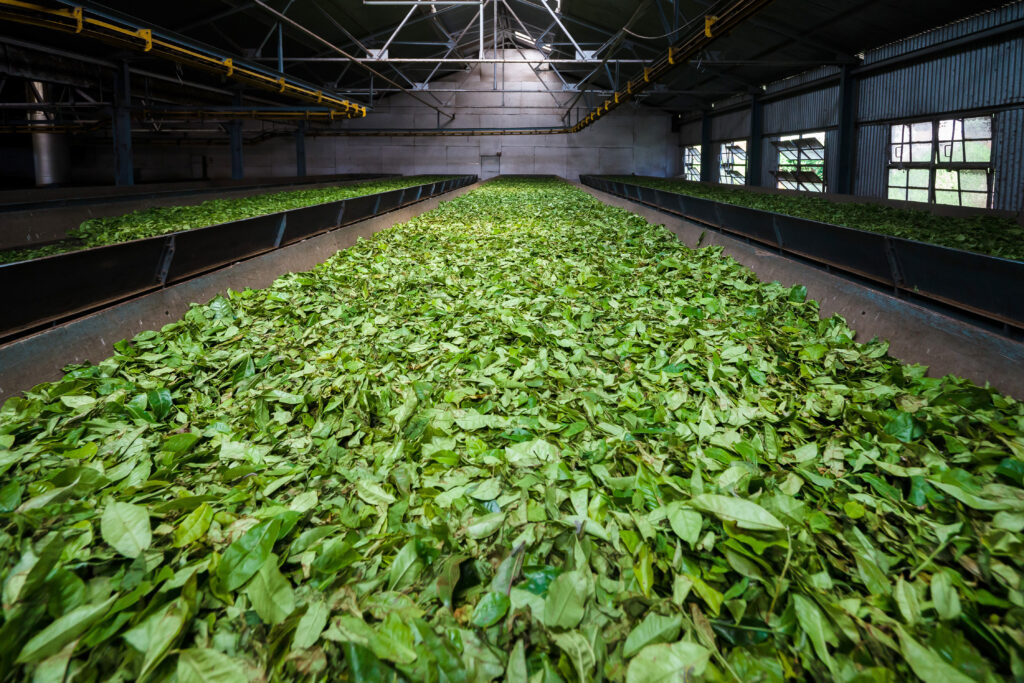
After harvesting, green tea leaves undergo a series of processing steps to prevent oxidation and retain their vibrant green colour and fresh flavour.
The leaves are quickly withered to reduce moisture content, followed by fixation, a crucial step that involves either steaming or pan-firing to halt enzymatic activity.
Next, the leaves are rolled to shape and release flavour compounds before being dried to remove remaining moisture. This meticulous process helps preserve the tea’s natural freshness, aroma, and healthful properties.
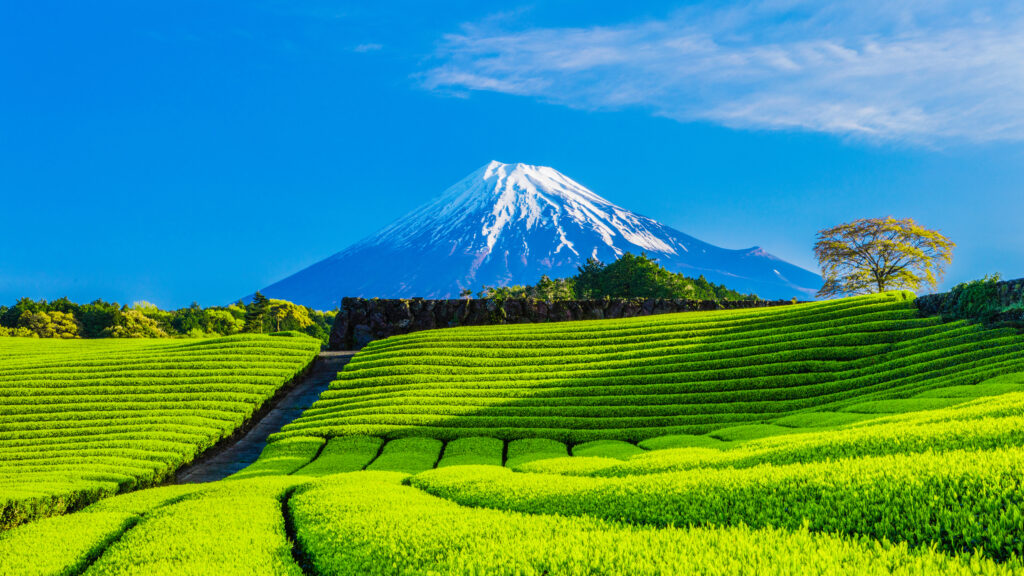
Green tea’s origins trace back thousands of years to ancient China, where it was cultivated and cherished for its medicinal properties and pleasant taste.
Over time, green tea cultivation spread to various regions, including Japan, India, and Korea, each contributing its unique flavors and cultural significance to the beverage.
In Japan, for example, the art of tea cultivation and preparation evolved into the revered Japanese tea ceremony, emphasizing harmony, respect, purity, and tranquillity. In India, regions such as Darjeeling and Assam have gained recognition for producing high-quality green teas alongside their renowned black tea varieties.
The cultivation of green tea involves meticulous attention to factors such as soil composition, altitude, climate, and harvesting techniques, all of which contribute to the tea’s distinctive taste and aroma.
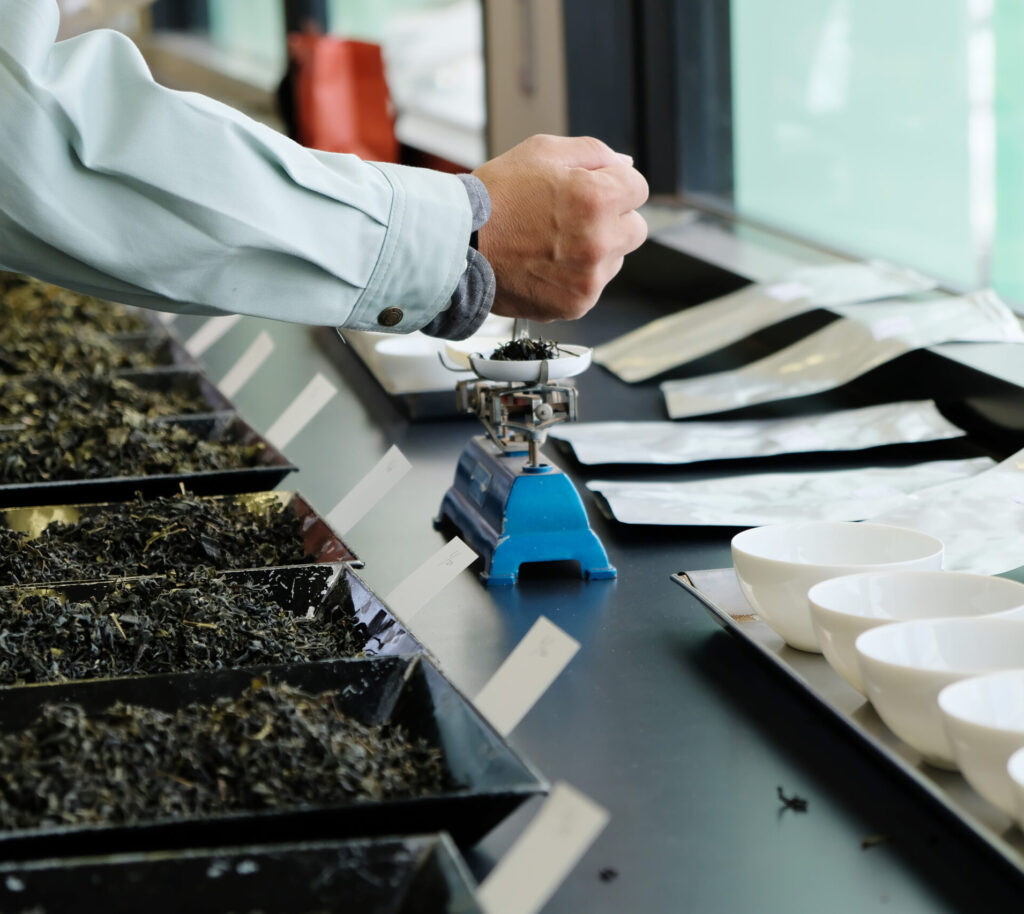
Before green tea embarks on its journey to reach tea enthusiasts around the globe, it undergoes a meticulous final tasting evaluation to uphold its unparalleled quality and consistency. Expert tea tasters, revered for their discerning palates and years of experience, meticulously scrutinize every aspect of the tea to ascertain its excellence.
Firstly, the appearance of the tea leaves is carefully examined, assessing factors such as colour, size, and uniformity. Vibrant hues and well-formed leaves are indicative of superior quality and attention to detail during cultivation and processing.
Next, the aroma of the tea is evaluated, as it plays a pivotal role in the overall sensory experience. Expert tasters inhale deeply, appreciating the delicate fragrance that wafts from the brewed tea. Whether it’s a floral bouquet, a hint of earthiness, or a subtle sweetness, the aroma provides valuable insight into the tea’s flavour profile and freshness.
Finally, the most critical aspect of the tasting process unfolds as the tea is sampled. Each sip is enjoyed slowly, allowing the flavours to dance across the palate and reveal their intricacies. From the initial burst of freshness to the lingering finish, every nuance is carefully noted and assessed. Whether it’s a grassy Sencha from Japan, a nutty ‘Dragonwell’ from China, or a fragrant Jasmine Pearl blend, the taste of the tea must meet the highest standards of excellence.
Only the finest teas that surpass rigorous quality standards are deemed worthy of export, ensuring that tea enthusiasts worldwide are treated to an unparalleled drinking experience. With each sip of premium green tea, enthusiasts can embark on a sensory journey filled with delight and satisfaction, knowing that they are indulging in a beverage crafted with dedication, expertise, and passion.